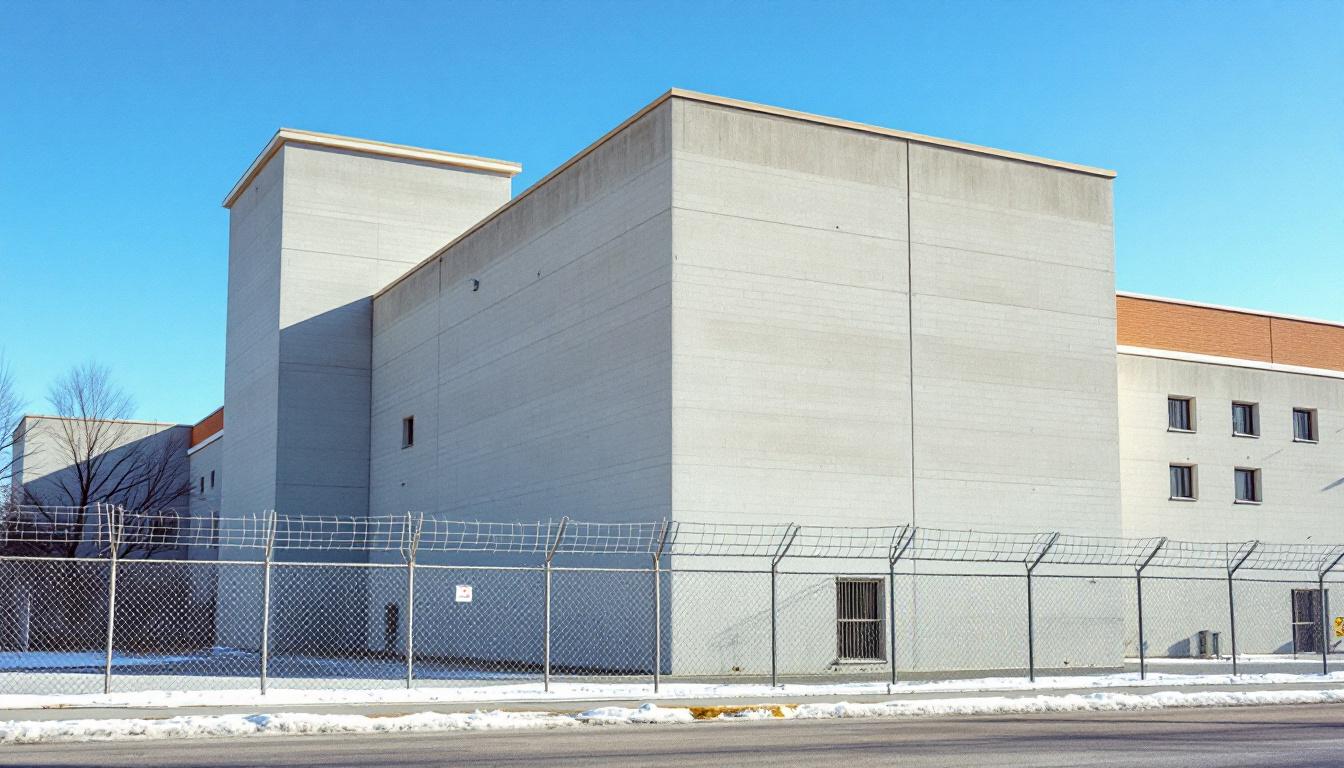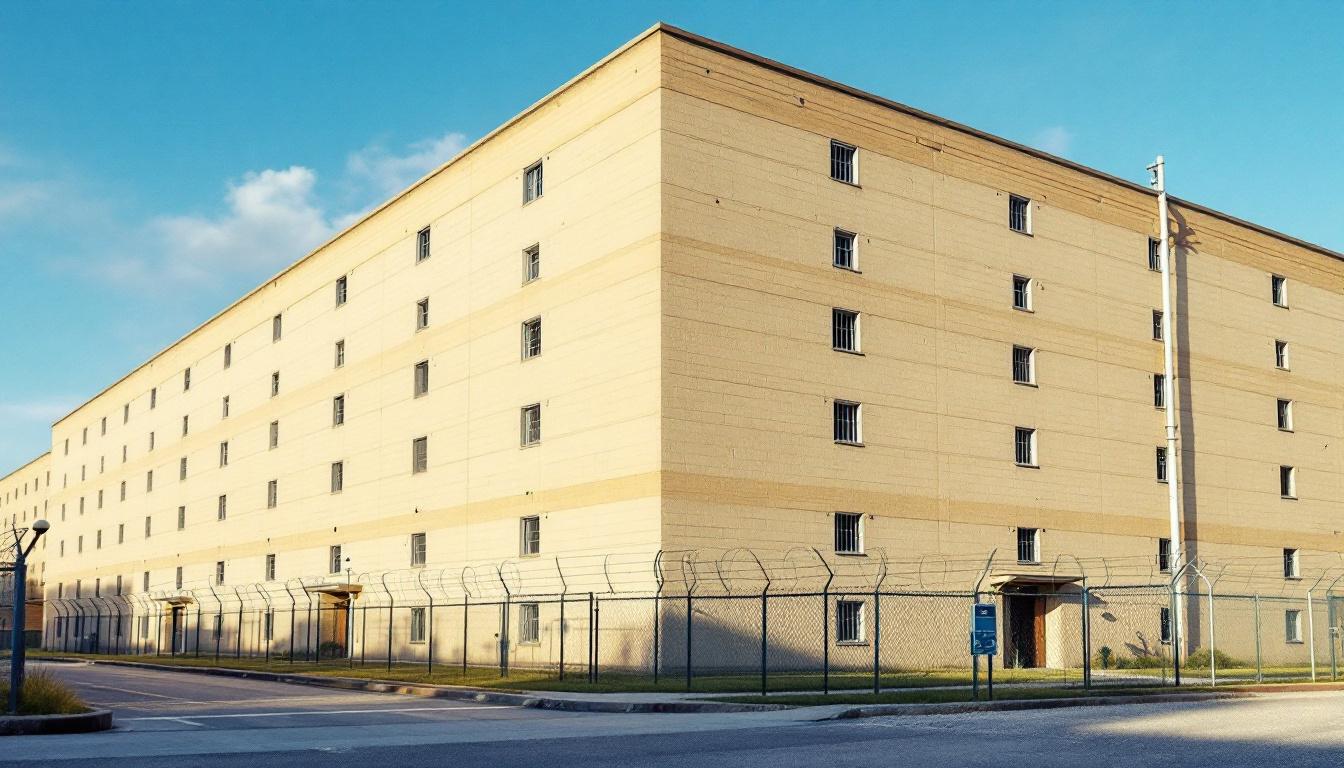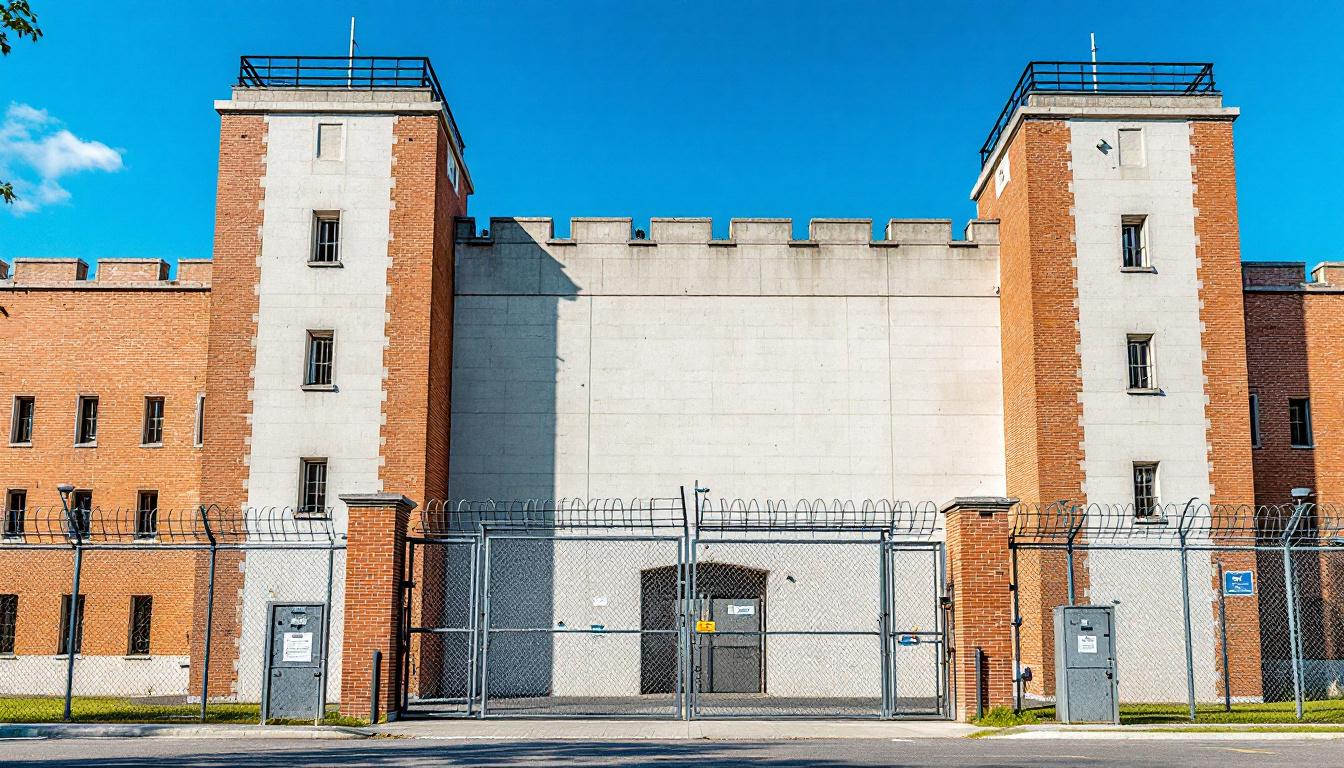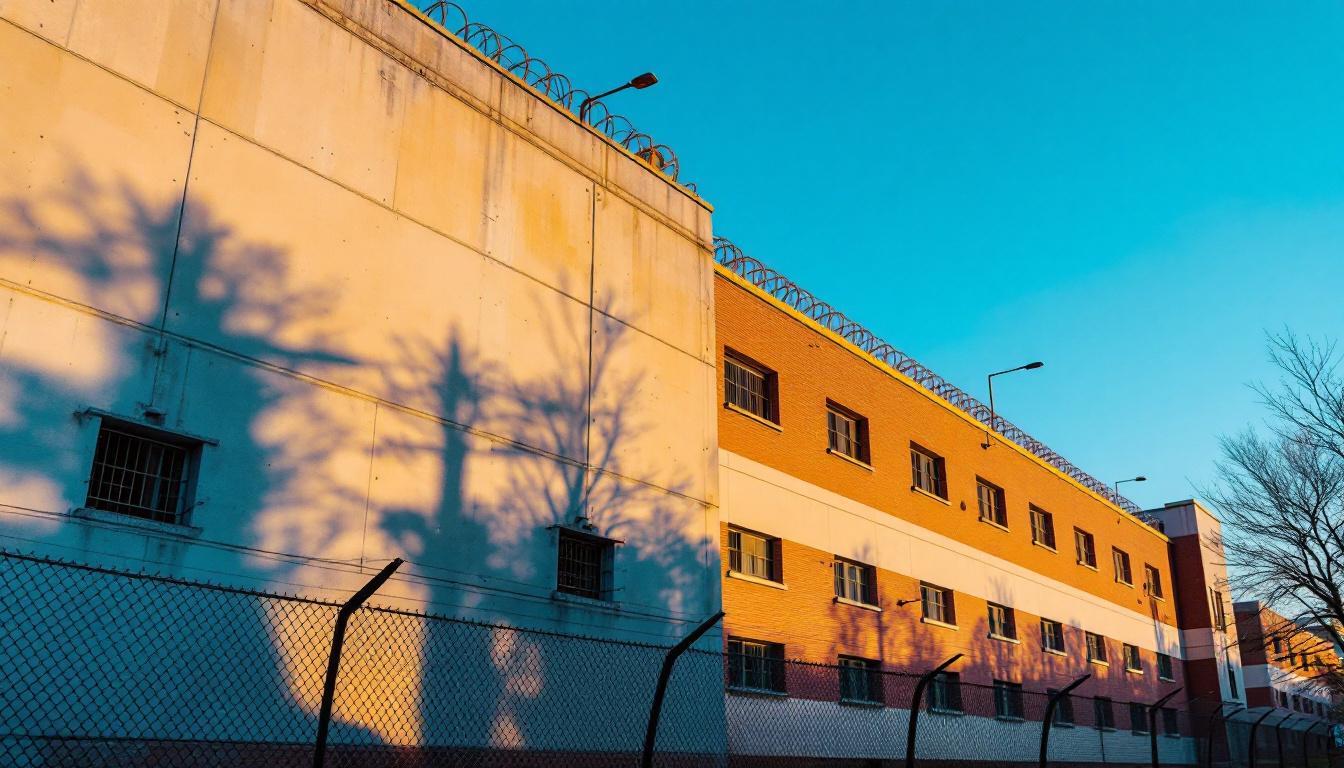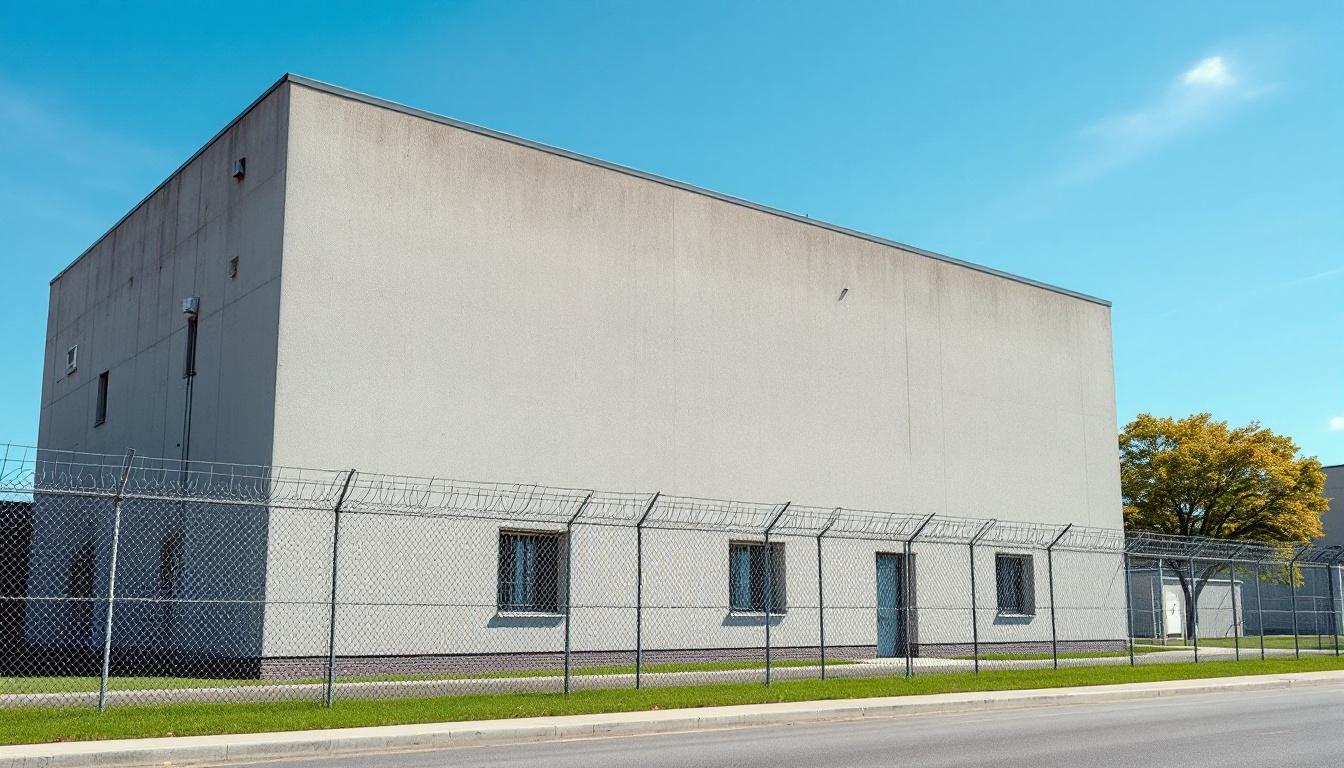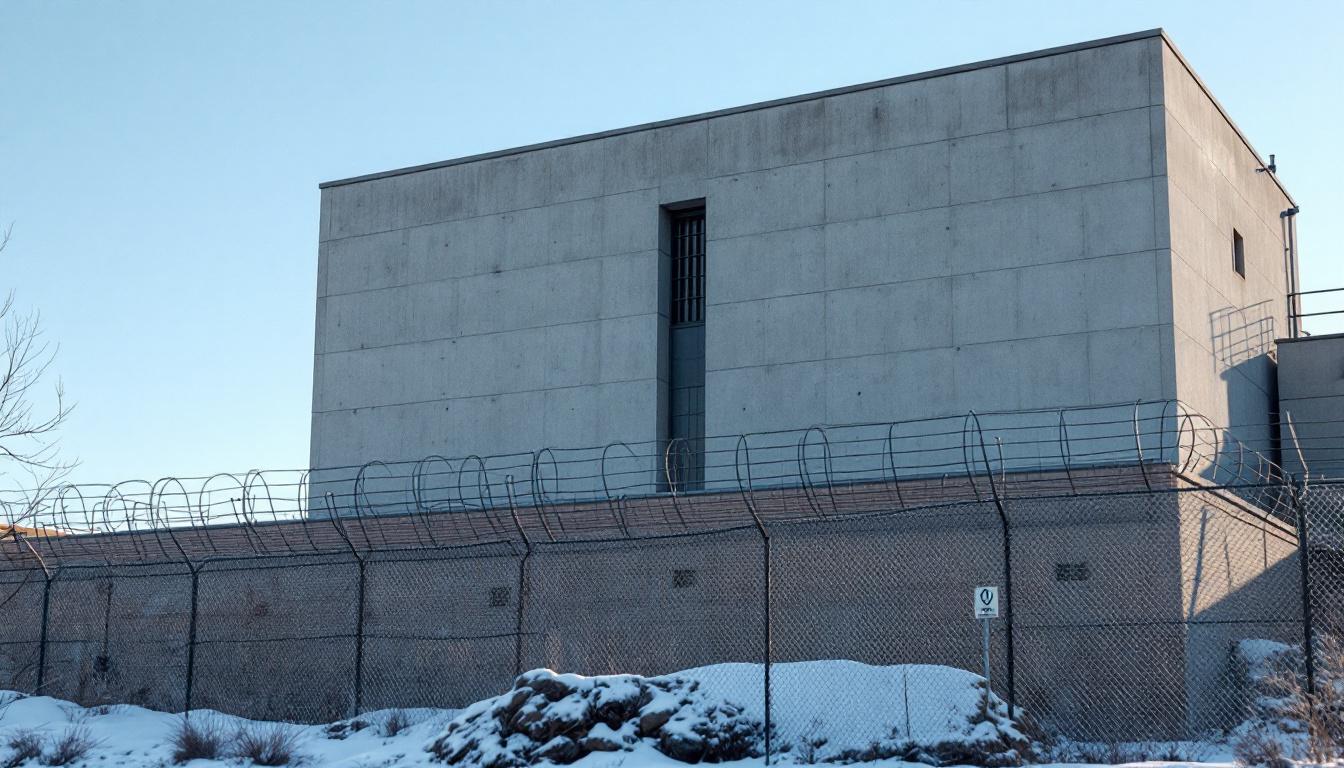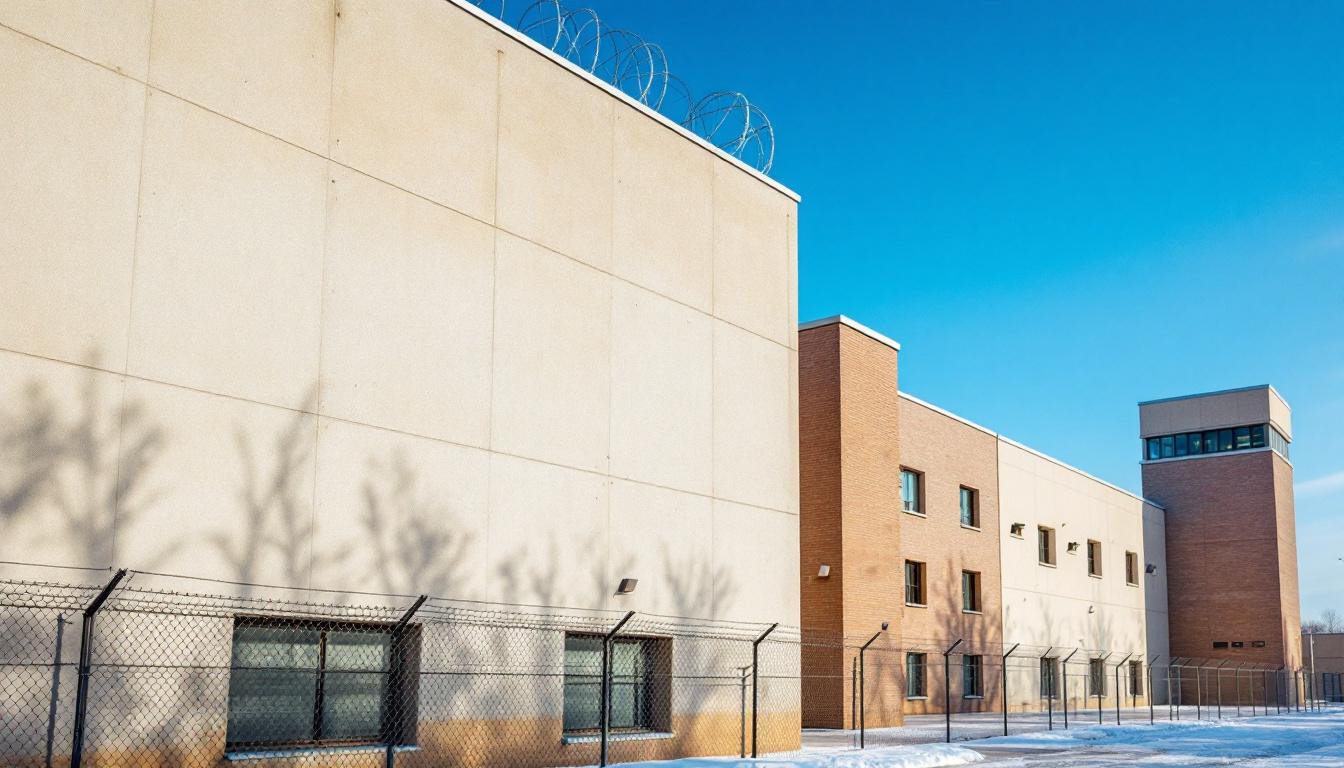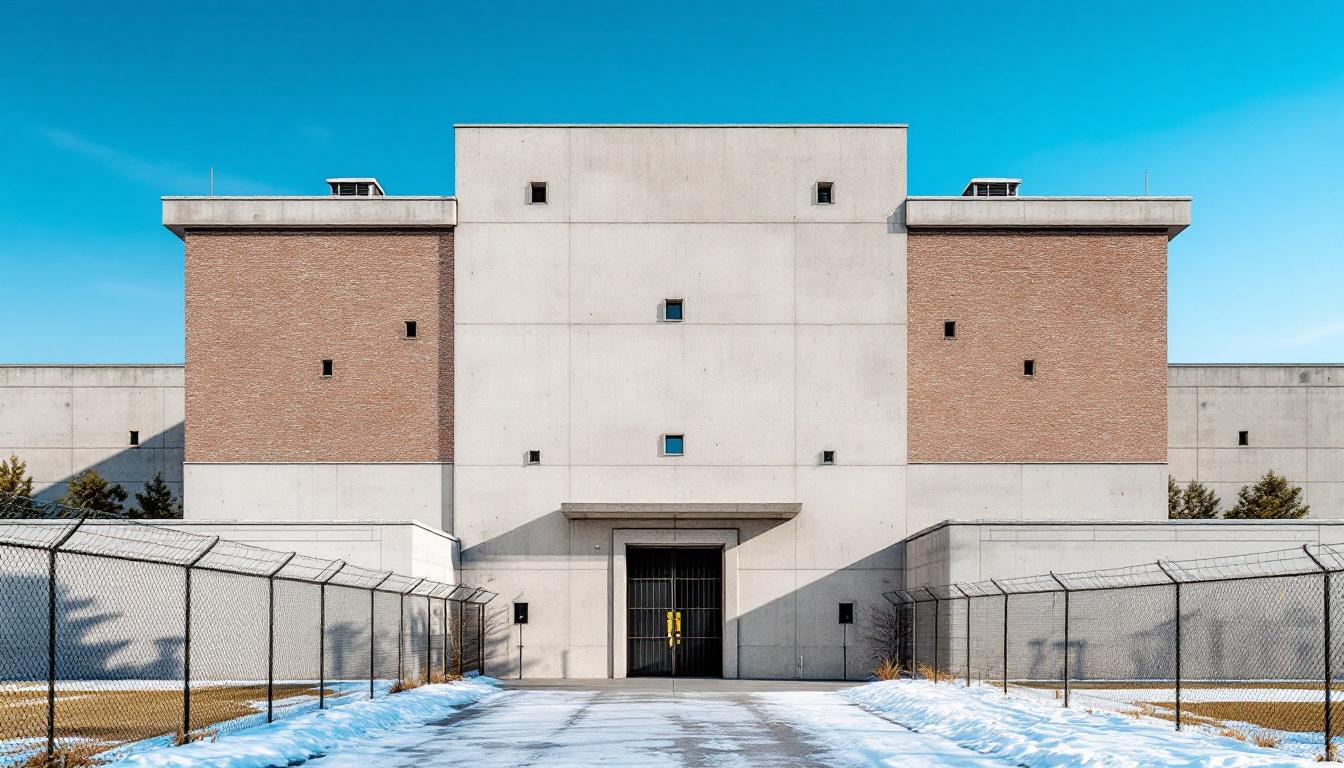
Quick Navigation
How to contact an inmate at Lee Correctional Institution
This comprehensive guide will walk you through how to connect with an inmate at Lee Correctional Institution. Follow the steps below to find an inmate and send letters and photos:
- Search for the inmate using our search tool below
- Create your account or log in to Penmate
- Write your message (up to 6,000 characters)
- Send instantly - inmates receive printed copies daily
Find an Inmate
Search for an inmate to start communicating today
Tip: You can search by first name, last name, or inmate ID number
To contact a person at Lee Correctional Institution start by searching for the person on the official facility website. Perform a search by following these steps:
- Step 1: Enter their first name and last name into the search form and click "Search"
- Step 2: Locate their inmate record
- Step 3: Write down their Inmate ID and any housing information provided
Important! Be sure to enter the person's full name. Nicknames should not be used.
How to Send Messages to Inmates

You can use your phone or computer to send emails, letters, and photos to an inmate. Messages are sent electronically to inmate tablets or kiosks at the facility. If you would like to send a message, start by searching for an inmate at Lee Correctional Institution.
Sending Photos and Postcards

A great way to send love and support to a loved one at Lee Correctional Institution is to send photos and postcards. It only takes a few minutes to send photos from your phone and it makes a huge difference. You can also mail postcards with words of support and inspiration, or design your own postcard for special moments like birthdays and holidays.
Important! Be sure not to send any explicit photos or they may not be approved by the facility. You can also use a photo printing app like Penmate to make sure your photos are printed at the correct size (4x6 or 3x5) and are mailed according to the rules and regulations of Lee Correctional Institution.
Frequently asked questions about Lee Correctional Institution
-
How long does it take to deliver a message?
If you're sending an email message your letter is usually delivered within 24-48 hours. For messages sent via mail you should expect delivery within 3-7 days. All messages will need be approved by Lee Correctional Institution.
-
How much does it cost to send a message to Lee Correctional Institution?
You can send a message free using your phone or mail a message via USPS for the price of a $0.60 stamp and envelope. You can also purchase credits or e-stamps from services starting at $1.99.
-
What services can I use to contact an inmate at Lee Correctional Institution?
Penmate
You can use Penmate to send letters and photos to an inmate from your phone. It's an easy way to stay in touch during your loved one's incarceration. Use the inmate locator to find an inmate's location and contact information, then you can send messages within a few minutes.
Securus messaging
Securus may be another option for communicating with an inmate at Lee Correctional Institution. You can create a friends and family account and purchase credits to send messages. All messages will be reviewed and must be approved by the facility.
JPay
Some county jails and state prisons may support sending messages with JPay. You must register an account with the system, find your loved one, and purchase stamps to send messages. For some locations you can also attach photos.
Smart Jail Mail
You may also check if Smart Jail Mail is available at Lee Correctional Institution. Smart Jail Mail is operated by Smart Communications and has contracted with some state and county jails. After purchasing credits, your messages and photos are sent to the facility, printed out, and then handed out to your loved one.
-
What is the mailing address of Lee Correctional Institution?
Mailing address:
Lee Correctional Institution
990 Wisacky Hwy
Bishopville, SC 29010
Phone: (803) 428-2800 -
What are the visiting hours at Lee Correctional Institution?
Visiting hours at Lee Correctional Institution vary by housing unit and security level. Generally, visits are scheduled on weekends and holidays, with some facilities offering weekday visits. Contact the facility directly at (803) 428-2800 or check their website for the current visiting schedule. Visits typically last 30-60 minutes and must be scheduled in advance.
-
What items are prohibited when sending mail to Lee Correctional Institution?
Prohibited items typically include: cash, personal checks, stamps, stickers, glitter, glue, tape, staples, paperclips, polaroid photos, musical or blank greeting cards, hardcover books, magazines with staples, and any items containing metal or electronics. Only send letters on plain white paper with blue or black ink. Photos must be printed on regular photo paper (no Polaroids). Always check with Lee Correctional Institution for their specific mail policies.
-
How do I send money to an inmate at Lee Correctional Institution?
You can send money to an inmate at Lee Correctional Institution through several methods: 1) Online using JPay, Access Corrections, or the facility's approved vendor, 2) Money orders mailed directly to the facility with the inmate's name and ID number, 3) Kiosks located in the facility lobby, or 4) Over the phone using a credit or debit card. Fees vary by method, typically ranging from $2.95 to $11.95 per transaction.
-
Can I schedule a video visit with an inmate at Lee Correctional Institution?
Many facilities now offer video visitation as an alternative to in-person visits. At Lee Correctional Institution, video visits may be available through services like Penmate, Securus Video Connect, GTL, or ICSolutions. Video visits typically cost $10-20 for 20-30 minutes and must be scheduled in advance. You'll need a computer or smartphone with a camera and reliable internet connection. Contact the facility for their specific video visitation policies and approved vendors.
-
What identification do I need to visit an inmate at Lee Correctional Institution?
All visitors must present valid government-issued photo identification such as a driver's license, state ID, passport, or military ID. Minors must be accompanied by a parent or legal guardian who can provide the minor's birth certificate. Some facilities require visitors to be on the inmate's approved visitation list, which may require a background check. Contact Lee Correctional Institution for specific ID requirements and visitor approval procedures.
-
How can I find out an inmate's release date?
To find an inmate's release date at Lee Correctional Institution, you can: 1) Use the online inmate search tool if available, 2) Call the facility's records department, 3) Contact the inmate's case manager or counselor, or 4) Have the inmate provide this information during a call or visit. For privacy reasons, some facilities only release this information to immediate family members.
Facility Overview
Contact Information
Lee Correctional Institution990 Wisacky Hwy
Bishopville, SC 29010
Phone: (803) 428-2800
Official Website

About Lee Correctional Institution
Through comprehensive reintegration programming and community-centered initiatives, Lee Correctional, SC serves as a vital component in South Carolina's correctional system while supporting public safety throughout the Bishopville region. This SC correctional facility operates with a structured approach to inmate services that typically encompasses educational advancement, vocational skill development, and behavioral intervention programs designed to address the underlying factors that may contribute to criminal behavior. The facility's process-oriented methodology generally focuses on preparing individuals for successful community reentry through systematic programming that may include substance abuse treatment, mental health support, and life skills training.
Located in Bishopville, Lee Correctional functions within South Carolina's broader rehabilitation framework, often collaborating with local organizations and state agencies to facilitate smooth transitions back into the community. The correctional facility typically maintains various support services that may include religious programming, recreational activities, and family visitation opportunities designed to preserve important social connections during incarceration. Through its comprehensive approach to inmate services, the facility generally emphasizes personal accountability and positive behavioral change as foundational elements of effective rehabilitation.
The facility's contribution to public safety extends beyond secure housing through its focus on reducing recidivism rates and supporting successful community reintegration. Programs at this SC correctional facility may typically include job readiness training, educational opportunities ranging from basic literacy to vocational certifications, and counseling services that address both individual needs and public safety concerns. By maintaining this systematic approach to rehabilitation and reentry preparation, Lee Correctional, SC works to fulfill its dual mission of protecting the community while providing inmates with the tools and support necessary for productive citizenship upon release.
Programs & Services
Personal growth and skill development form the foundation of rehabilitation services at Lee Correctional Institution. The facility typically emphasizes building practical abilities and fostering positive behavioral changes through structured programming. Inmates may participate in various services designed to address educational gaps, develop job-ready skills, and strengthen personal accountability. This comprehensive approach often helps participants prepare for successful community reintegration.
Educational services may include basic literacy instruction, GED preparation, and tutoring programs that address individual learning needs. Vocational training opportunities often focus on marketable skills such as forklift operation and other industry-relevant certifications. These services typically provide hands-on experience that can translate directly into employment opportunities upon release. Also available are computer literacy courses that may help inmates develop essential workplace technology skills.
Support services often include faith-based initiatives that provide spiritual guidance and community connection for interested participants. Life coaching services may offer personalized guidance on goal-setting, decision-making, and developing healthy coping strategies. These therapeutic services typically focus on addressing underlying issues that may have contributed to criminal behavior. Also emphasized are anger management and conflict resolution skills that can improve interpersonal relationships both within the facility and after release.
Daily Life & Visitation
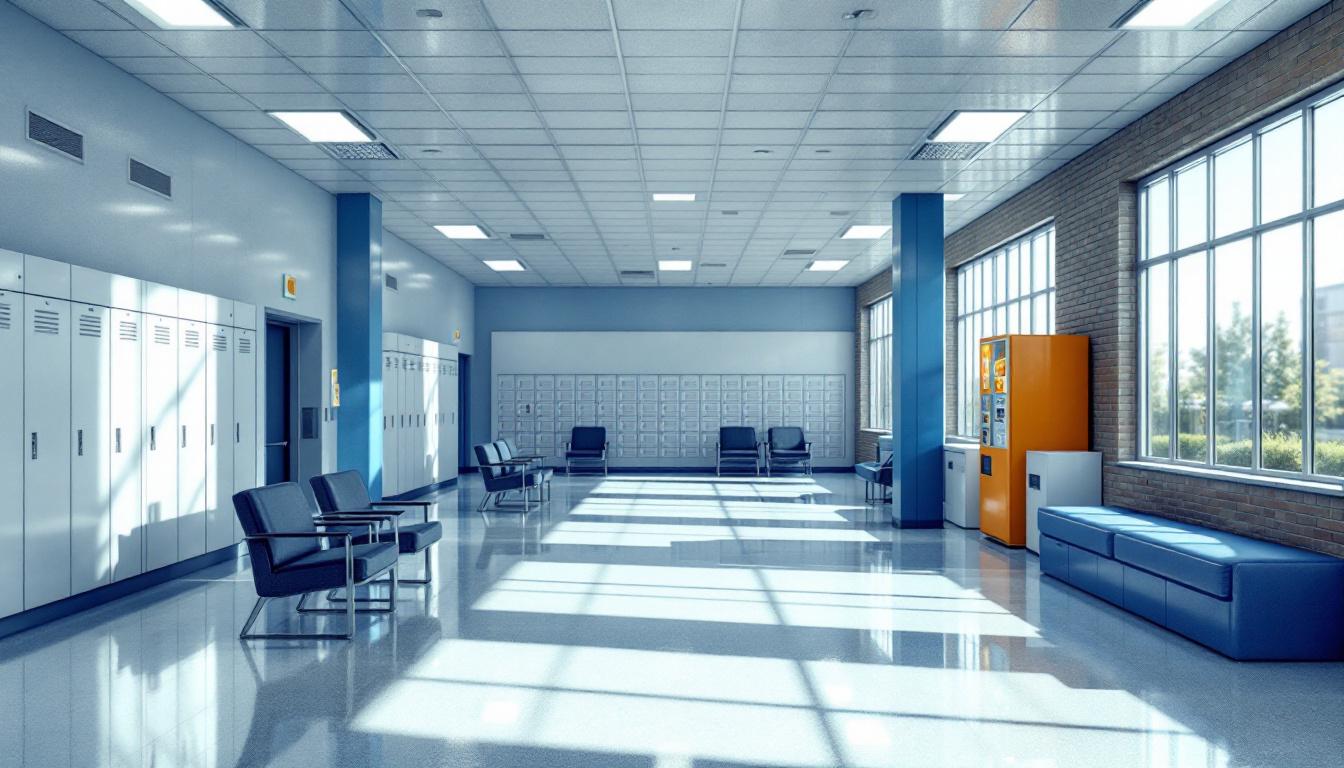
The housing units at Lee Correctional Institution feature dormitory-style and cell-based accommodations that shape much of the daily experience for inmates. The facility currently operates with structured schedules that begin early in the morning and continue throughout the day with designated times for meals, work assignments, and recreational activities. Inmates typically adapt to this routine-driven environment by establishing personal schedules within the institutional framework.
Living conditions generally include shared sleeping quarters in many housing units, with inmates assigned to specific beds and provided basic furnishings. Personal property allowances typically permit inmates to keep limited personal items, photographs, and approved clothing. Also, the facility provides access to commissary services where inmates may purchase additional food items, hygiene products, and approved personal goods using funds from their institutional accounts.
However, daily life extends beyond basic accommodations through various programming opportunities that provide structure and skill development. Work assignments often include kitchen duties, maintenance tasks, and facility operations that help inmates develop job skills while contributing to institutional operations. The facility also typically offers recreational activities, educational programs, and visitation opportunities that allow inmates to maintain connections with family members and support systems in their communities.
Ready to Connect?
Start communicating with your loved one today
Search for an Inmate
